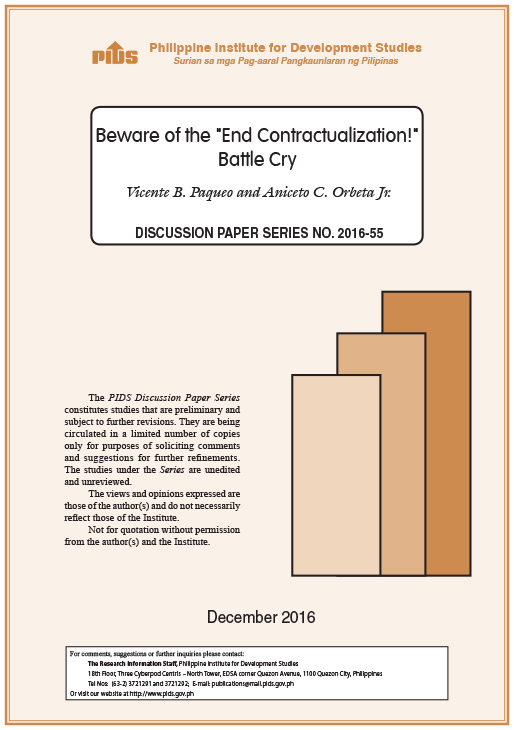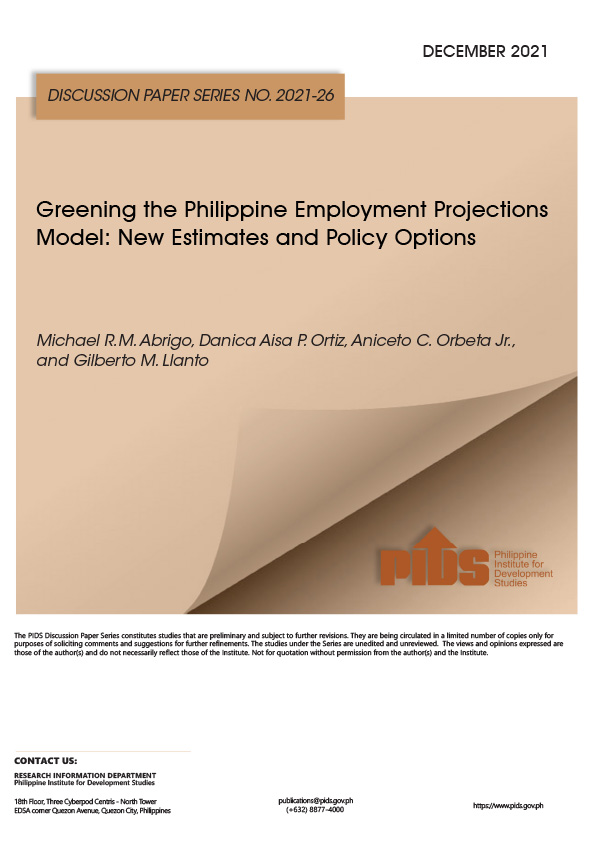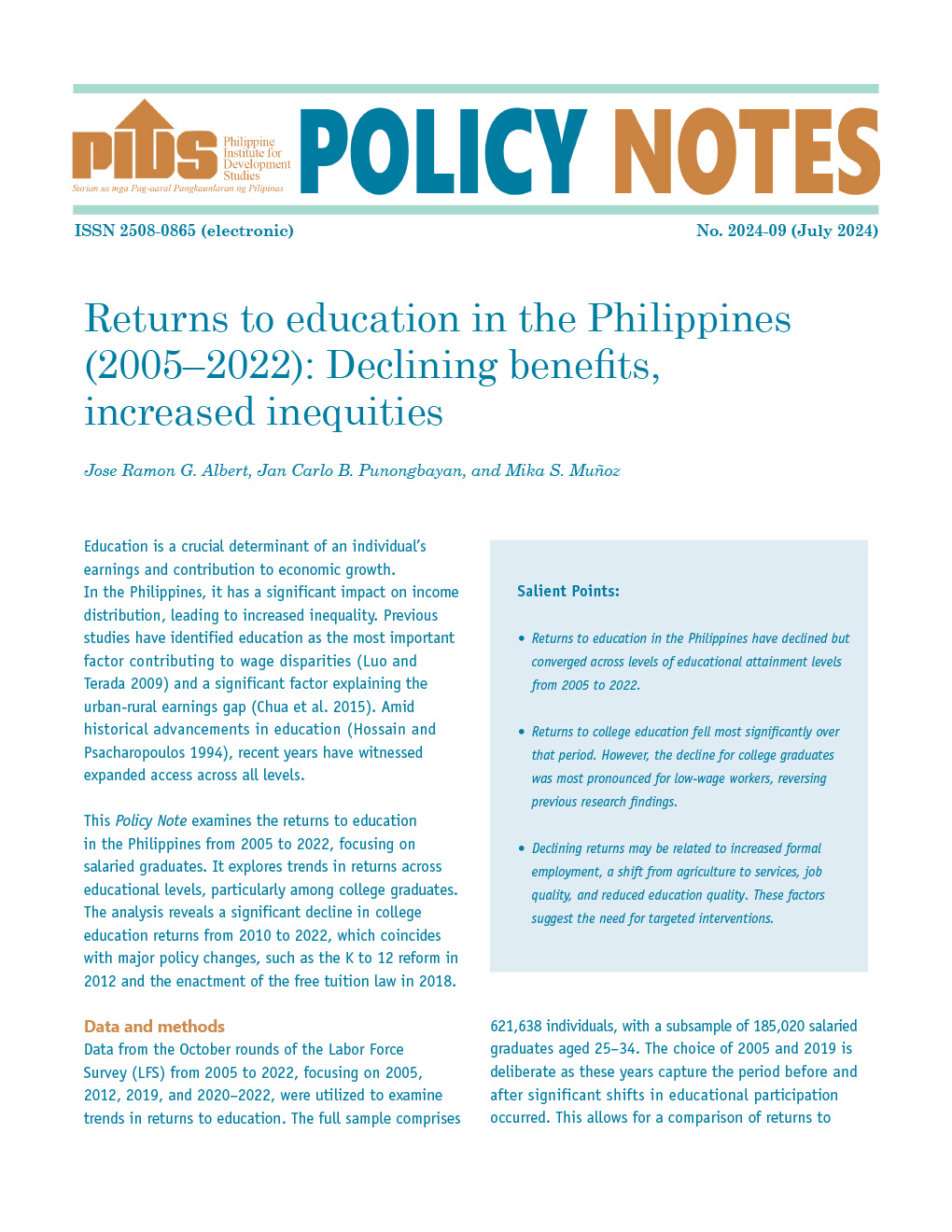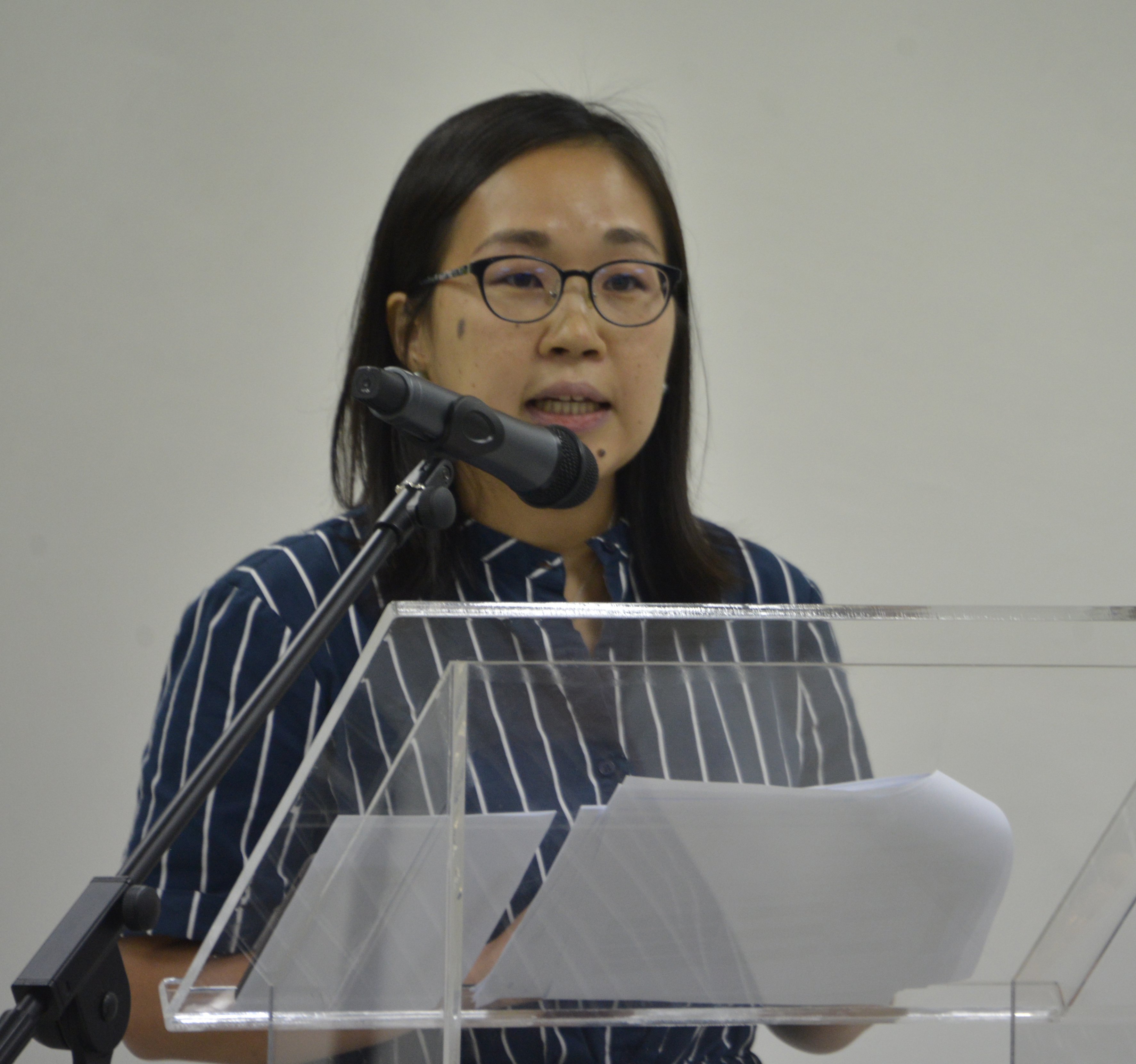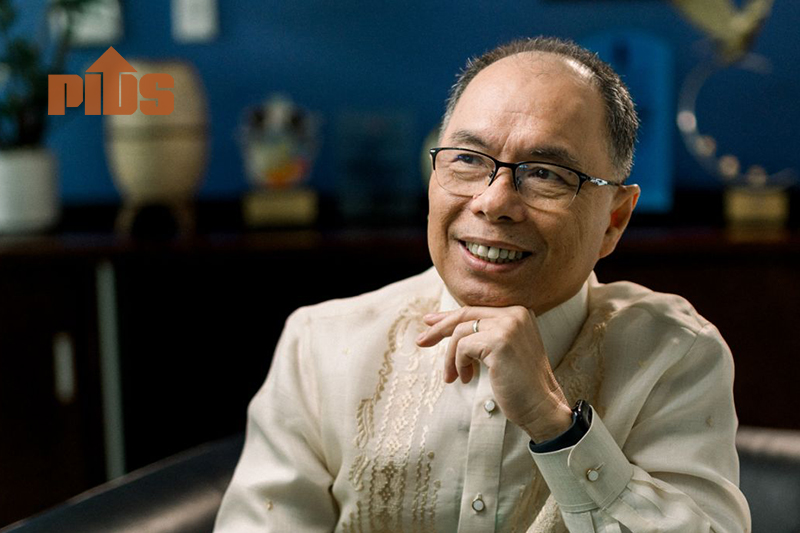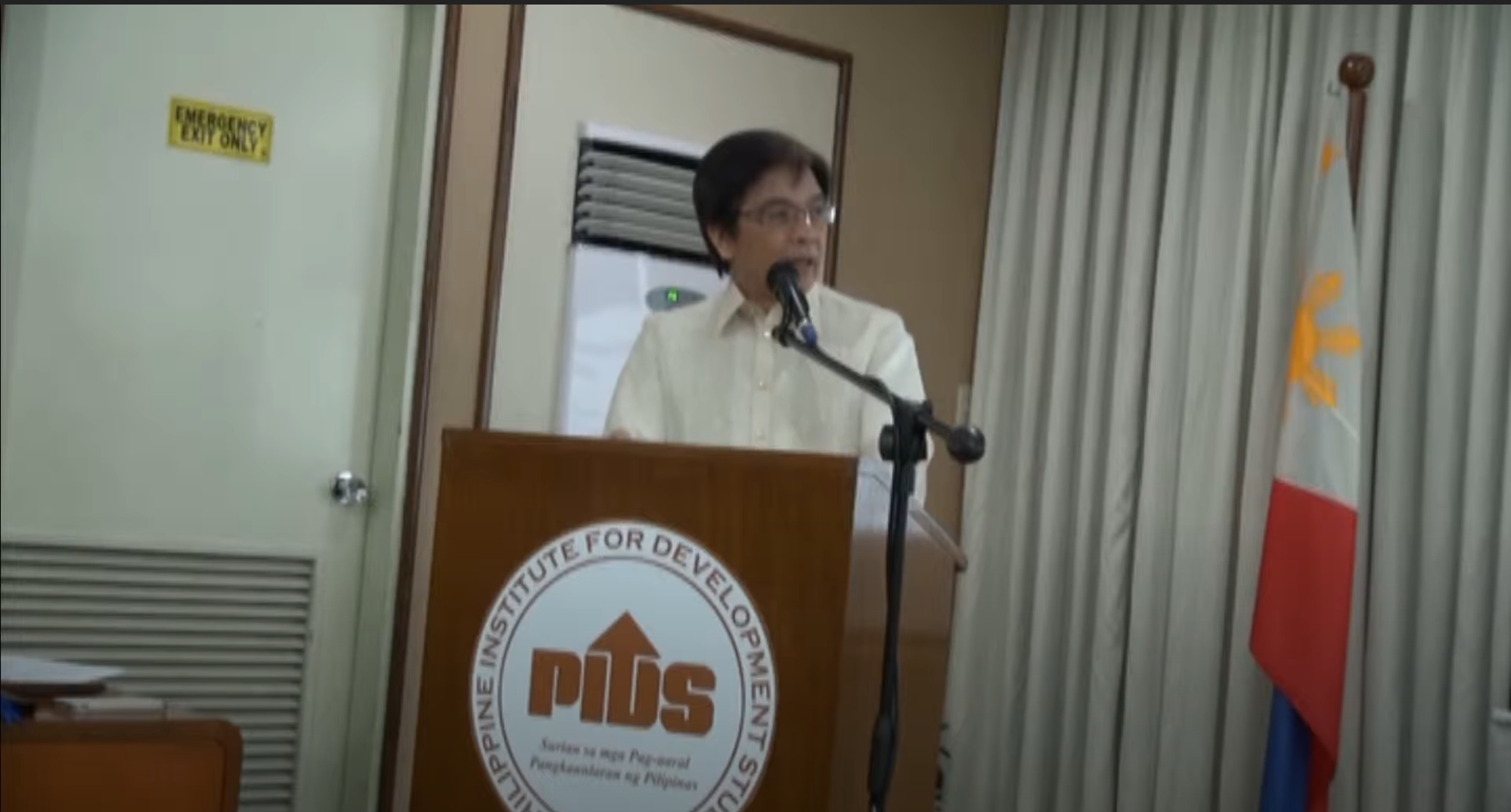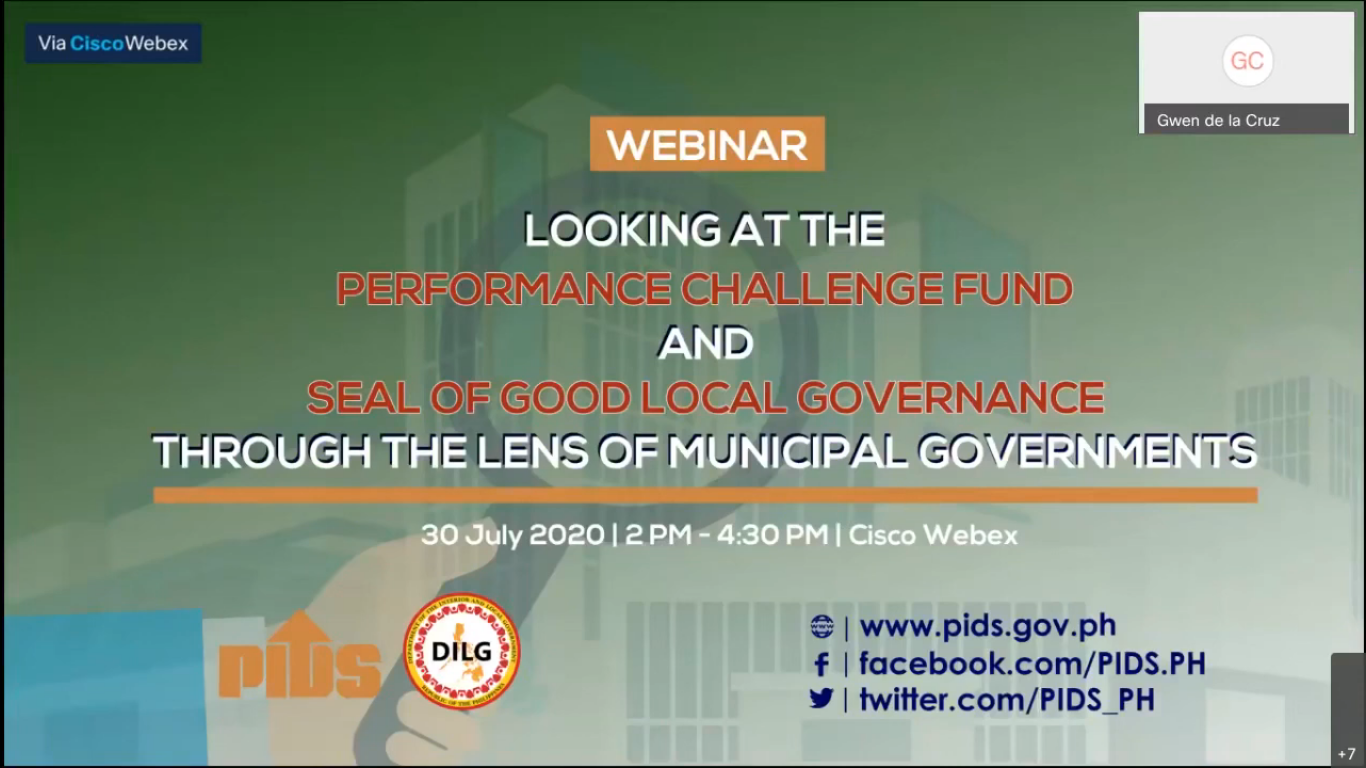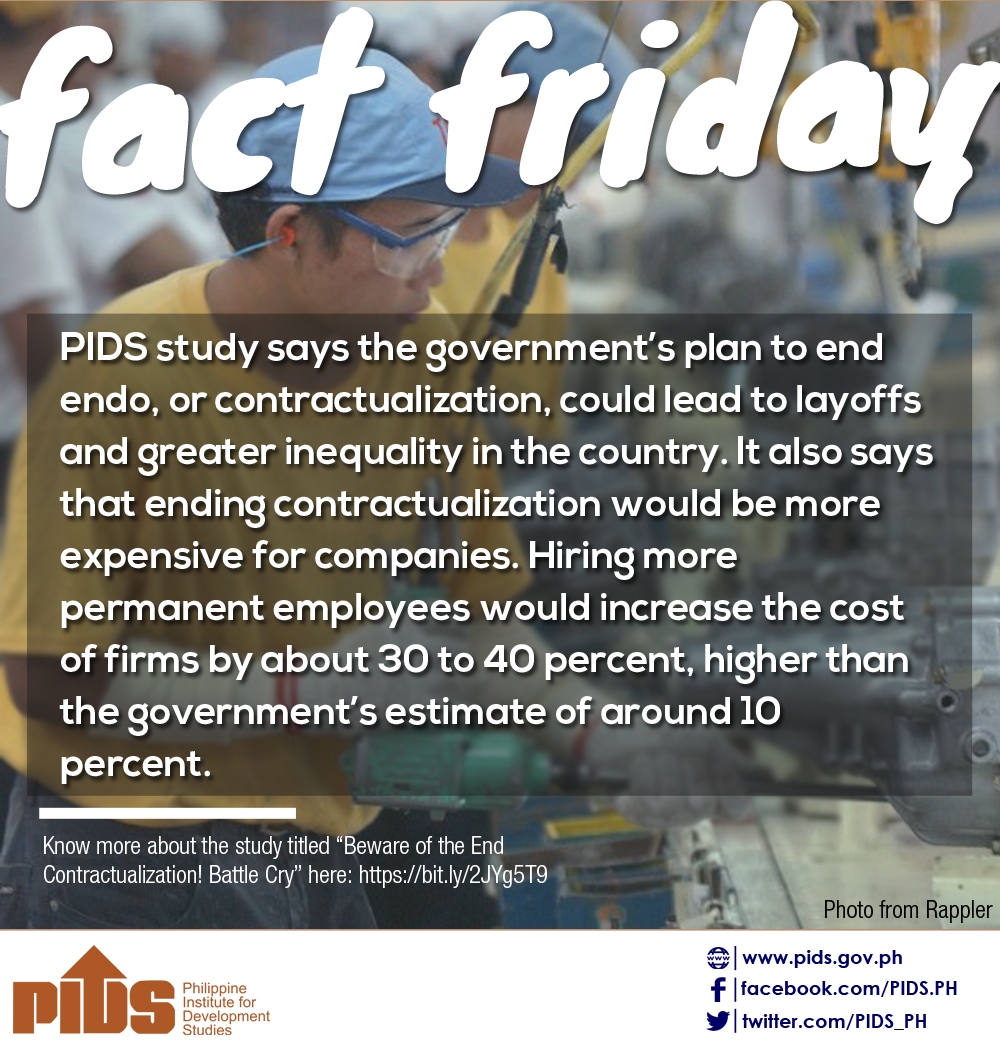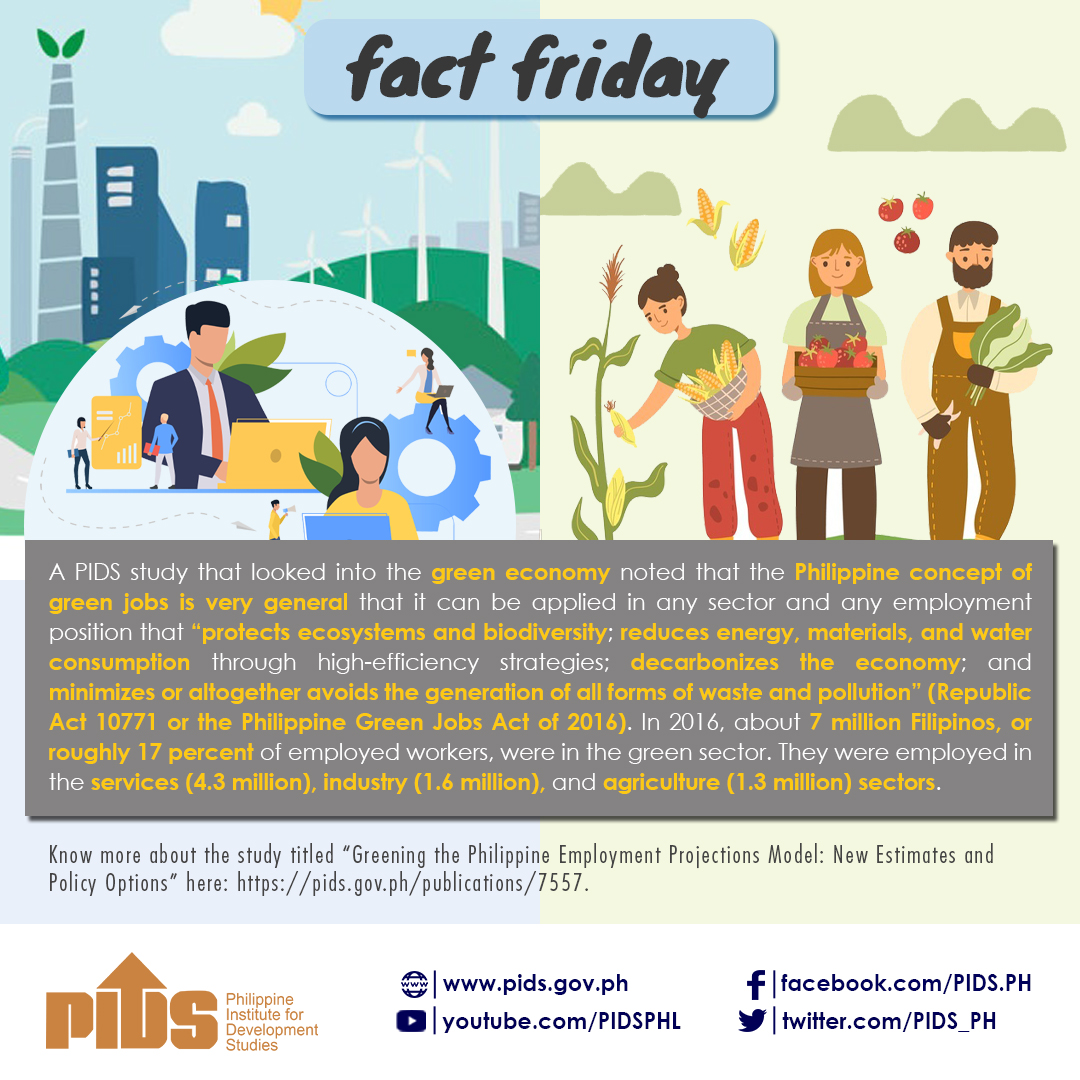THE PHILIPPINES needs to create 14.6 million jobs in the next four years, and the way to do this is by keeping the country on a sustained path of economic growth. This will be possible through a “broad reform coalition” that will work to make growth inclusive and support policies that will generate more and better jobs.
This was stressed by experts from the World Bank and the Philippine Institute for Development Studies (PIDS) as they dialogued with stakeholders in the labor and business sectors as well as the academe last Sept. 13.
“People want to earn a living, they don’t want handouts,” said Axel von Trotsenburg, World Bank vice-president for East Asia and Pacific Region, as he opened the “Dialogue on Creating More and Better Jobs” at One Global Place in Bonifacio Global City. The forum was organized by World Bank Philippines and PIDS as part of the activities for the 11th Development Policy Research Month.
Job creation is a real concern as it has a direct link to poverty, and considering that four billion people around the world live on less than USD4.00 a day, he said.
Karl Kendrick Chua, World Bank senior country economist, said transforming the Philippine economy to yield more and better jobs would be the challenge for everyone. “More and better jobs should be created for 10 million Filipinos who were either unemployed or underemployed as of 2012,” said Chua as he presented highlights of a draft report titled “Philippine Development Report (PDR): Creating More and Better Jobs”, which provides an in-depth discussion of the country’s jobs challenge. With an estimated 1.15 million Filipinos entering the labor force every year in the next four years, a total of 14.6 million jobs would be needed, he said.
The problem is that the Philippine economy has failed to undergo a structural transformation, and its inability to produce a massive number of jobs is due to a long history of “policy distortions”. Chua pointed to the country’s historically weak economic growth record, which, at an average of just 4.1 percent in the last three decades, was considerably slower than the average 6.5 percent of its more dynamic East Asian peers over the same period. Moreover, the share of manufacturing to gross domestic product has stagnated at around 25 percent since the 1960s, while other countries steadily increased theirs before moving on to growth driven by high-skill services.
PIDS Vice-President Rafaelita Aldaba called for a comprehensive industry roadmap that will link all sectors, including agriculture and services. “We need to improve the competitiveness of industries,” she said, adding that effective government policies and complementary actions such as competitive exchange rates would also be needed. Structural transformation would require rebuilding capacity, a shift to high value-added activities, and deeper participation in regional production networks.
Needed reforms include secure property ownership; fair competition; more investments in health, education, and infrastructure; and simple business regulations to decrease the cost of doing business in the Philippines. Businesses need to embrace the principle of a level playing field and recognize freedom of association, while labor needs to recognize valid flexible contracts and reduce calls for minimum wage hike as food prices fall to facilitate job creation, Chua said.
A broad coalition would be needed to tackle these issues, the World Bank economist said. “Instead of tackling policy reforms one by one, the government, business, and labor, with the support of civil society, need to work together to come up with a package of reforms in creating more and better jobs in the Philippines,” Chua said.
This was stressed by experts from the World Bank and the Philippine Institute for Development Studies (PIDS) as they dialogued with stakeholders in the labor and business sectors as well as the academe last Sept. 13.
“People want to earn a living, they don’t want handouts,” said Axel von Trotsenburg, World Bank vice-president for East Asia and Pacific Region, as he opened the “Dialogue on Creating More and Better Jobs” at One Global Place in Bonifacio Global City. The forum was organized by World Bank Philippines and PIDS as part of the activities for the 11th Development Policy Research Month.
Job creation is a real concern as it has a direct link to poverty, and considering that four billion people around the world live on less than USD4.00 a day, he said.
Karl Kendrick Chua, World Bank senior country economist, said transforming the Philippine economy to yield more and better jobs would be the challenge for everyone. “More and better jobs should be created for 10 million Filipinos who were either unemployed or underemployed as of 2012,” said Chua as he presented highlights of a draft report titled “Philippine Development Report (PDR): Creating More and Better Jobs”, which provides an in-depth discussion of the country’s jobs challenge. With an estimated 1.15 million Filipinos entering the labor force every year in the next four years, a total of 14.6 million jobs would be needed, he said.
The problem is that the Philippine economy has failed to undergo a structural transformation, and its inability to produce a massive number of jobs is due to a long history of “policy distortions”. Chua pointed to the country’s historically weak economic growth record, which, at an average of just 4.1 percent in the last three decades, was considerably slower than the average 6.5 percent of its more dynamic East Asian peers over the same period. Moreover, the share of manufacturing to gross domestic product has stagnated at around 25 percent since the 1960s, while other countries steadily increased theirs before moving on to growth driven by high-skill services.
PIDS Vice-President Rafaelita Aldaba called for a comprehensive industry roadmap that will link all sectors, including agriculture and services. “We need to improve the competitiveness of industries,” she said, adding that effective government policies and complementary actions such as competitive exchange rates would also be needed. Structural transformation would require rebuilding capacity, a shift to high value-added activities, and deeper participation in regional production networks.
Needed reforms include secure property ownership; fair competition; more investments in health, education, and infrastructure; and simple business regulations to decrease the cost of doing business in the Philippines. Businesses need to embrace the principle of a level playing field and recognize freedom of association, while labor needs to recognize valid flexible contracts and reduce calls for minimum wage hike as food prices fall to facilitate job creation, Chua said.
A broad coalition would be needed to tackle these issues, the World Bank economist said. “Instead of tackling policy reforms one by one, the government, business, and labor, with the support of civil society, need to work together to come up with a package of reforms in creating more and better jobs in the Philippines,” Chua said.

